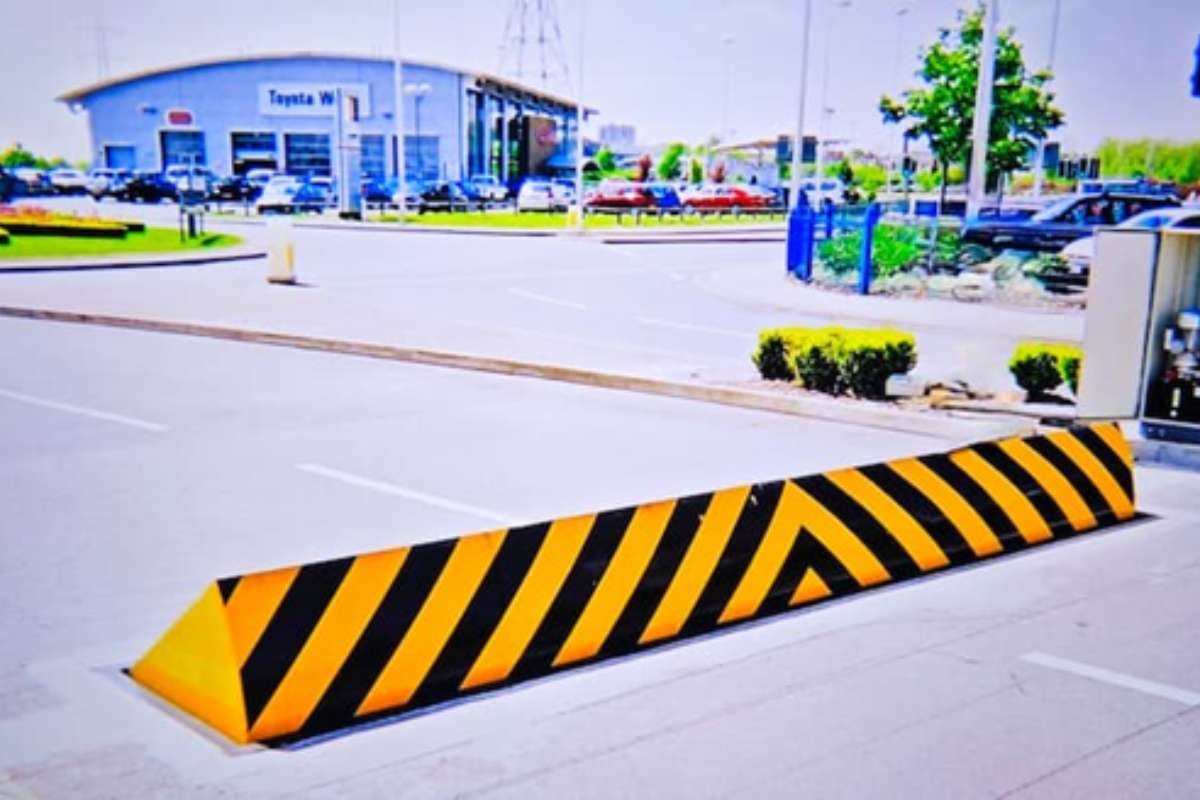Just like in prehistoric times, tarot cards intrigue and hook people all over the globe. After all, we all are curious about the unknown and what the future has for us. Whether you’re a believer or a skeptic, you are here to finally see what tarot is all about, how this ancient practice works, and whether peeping into this mystical world is actually worth it.
Our quick guide is here to help you boost your knowledge of tarot, making it easy to grasp the essence of this divination art.
1. What IS Tarot Reading?

To cut a long story, tarot reading is a sort of divination that includes using 78 cards. The process enables practitioners to gain insights into today, tomorrow, and yesterday. On each card, one can see rich imagery that involves archetypal images and themes related to various segments of human experience(s). In general, tarot reading sessions help people get a better understanding of relationships and explore questions related to personal growth as well as professional paths.
Plus, they’re simple yet effective tools used to reflect on different opportunities and challenges. And finally, cards serve as guiding lights for those who happen to be stuck in uncertain times. There’s no doubt that tarot is not a magic wand that changes things in a flash. However, the cards are some kinds of mirrors that reflect what is subconscious, revealing hidden truths to us.
2. The Structure of the Deck
A traditional deck of tarot cards comprises 78 cards. The latter includes two main parts – Major Arcana and Minor Arcana. 22 cards of Major Arcana represent major events in human life, overarching themes, and lessons in spiritual domains. As for 56 cards of the Minor Arcana, they ‘talk’ about routine stuff. These cards, in turn, are divided into Wands, Cups, Swords, and Pentacles (known as suits). Every suit includes 14 cards, including cards with numbers (Ace to 10) and 4 court cards (Knight, Queen, Page, and King). If you find it hard to memorize them all, online tarot readings provided by professionals from TarotAtlas or any other trusted service can save the day.
3. The Process of Reading Tarots: Quick Steps to Take

When it comes to divination practice, the process includes three cornerstones – symbolism, intuition, and a structured approach to the tools (i.e., cards), each helping to get insights into the questions that bother querents. As for the simple reading practice, it looks like this:
- You (the reader) set the intention. Before the tarot reading session starts, you and the querent (someone looking for answers from the cards) have to focus on a particular topic or question. This process is known as setting the intention that helps guide the reading and serves as a sort of framework for the interpretations of the cards’ messages.
- You shuffle the cards. Or, as an alternative, querent can do this too. In the process, your task is to focus on the intention we mentioned above and infuse all your energy into the deck.
- You pick a spread. A predetermined layout of cards is known as a spread. In a spread, each position of a card represents a particular aspect of the situation under study or the question. When it comes to the most common spreads, we should mention the One-Card Pull performed for a quick insight or answer, the Three-Card Spread that informs on your past, present, and future, as well as the Celtic Cross that practitioners use to do a detailed exploration of a situation.
- Here comes the interpretation stage. You, as the reader, have to interpret the meaning of every card that you draw based on its position in the spread. Plus, you have to consider the card’s imagery and in what way it is related to the rest of the cards. It’s recommended to mix the conventional meanings of the cards with intuitive insights. Thus, you’ll get the most holistic interpretation possible.
- Share your interpretation. After all, your querent is there for holistic guidance, so make sure to give the guidance in tandem with all possible actions. Your task is to concentrate on empowering your client to make informed decisions.
4. Tarot Interpretation: Top Elements to Master
When we say “understanding tarot reading,” this word combination goes about being familiar with the key elements of the process. The first one is known as Symbolism. By now, you already know that every card in the deck is rich with the most various symbols. Each brings a deep meaning to the given topic. For instance, The Tower represents transformation and upheaval, while The Sun is the sign of success and joy. Then comes Reversals – the indications of blocked energies or some alternative meanings to conventional ones.
If you pull the card, and it happens to be reversed – that’s it! You’ve got Reversals. Finally, Intuition is something that most of your tarot reading session is based upon. Skilled practitioners usually rely on gut feelings in order to perform the best possible interpretations.
5. Ready to Get Started? Here’s How!

If tarot is something that you are genuinely passionate about, you have to take a couple of steps to start your unforgettable journey of divination.
- First, pick the deck that works best for you. It’s a 100% individual decision! However, we recommend using a beginner-friendly deck like the Rider-Waite-Smith. The trick is that every card of the deck has clear symbolism and imagery – nothing that would puzzle someone who just started reading practices.
- Second, make sure you learn and polish up the basics. After all, the basics are the foundation for success in any niche. Ensure to learn the structure of the deck and the meanings of the tarot cards. Feel free to use online resources, books, journals, forums, or anything else that helps you master the tarot art.
- Third, draw a card on a daily basis. Now, see how this card is related to your life. Sooner than you know, a solid connection with the cards will be built.
Finally, it’s your intuition that you have to trust no matter what! There’s no doubt that you have to master the conventional meanings. Nonetheless, it’s OK to rely upon your intuition and let it do the interpretation job for you.


















